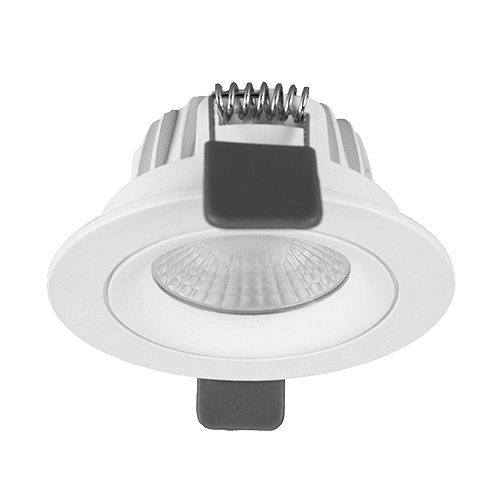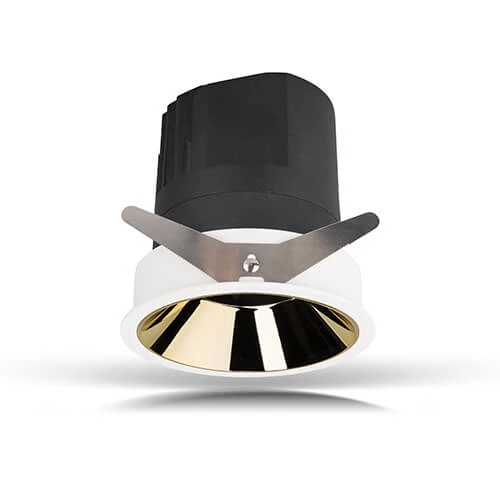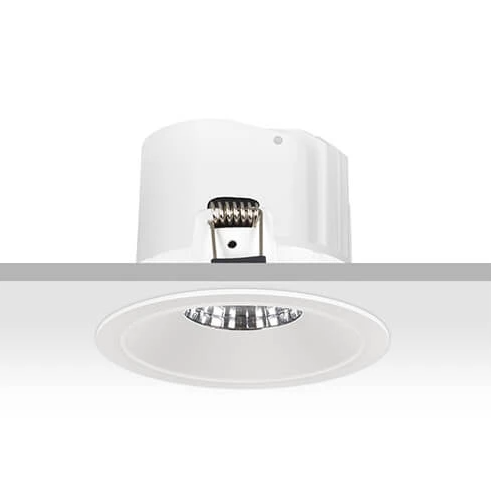Light plays a pivotal role in the field of interior design, greatly impacting the overall aesthetic and functionality of a space. From creating the right ambiance to highlighting architectural features, the proper use of light can completely transform the look and feel of an interior. In this article, we will delve into the reasons why light is crucial in interior design, exploring its various functions and benefits.
One of the primary reasons why light is essential in interior design is its ability to enhance the visual appeal of a space. Lighting fixtures, such as chandeliers, pendant lights, or wall sconces, not only provide illumination but also serve as decorative elements. They can complement the overall design concept, adding elegance, drama, or a touch of modernity to the interior. Additionally, well-placed light can emphasize the unique characteristics of architectural elements, artwork, or furniture pieces, making them stand out and contributing to the room's visual interest.
Lighting has a significant impact on the mood and atmosphere of an interior. Different lighting techniques, such as dimming, color changing, or utilizing warm or cool tones, can create various effects and evoke different emotions. Bright, white light is often used to create a vibrant and energetic atmosphere in commercial spaces, while warm, soft lighting is commonly preferred in residential settings for relaxation and coziness. By manipulating light, interior designers can manipulate the emotions and perceptions of people within a space, enhancing the overall experience.
Besides aesthetics, light also serves important functional purposes in interior design. Adequate lighting is crucial for practical tasks, such as reading, cooking, or working. Task lighting, such as desk lamps or under-cabinet lights, ensures proper illumination where it is needed most. Additionally, well-designed lighting can contribute to the safety and accessibility of a space. Thoughtful placement of lights can help prevent accidents, guide people through a room, and highlight important areas, such as stairs or pathways.
In summary, light holds immense importance in interior design. It enhances the visual appeal of a space, sets the mood and atmosphere, and provides functionality and practicality. Through the careful selection and placement of lighting fixtures, designers can create beautiful and functional interiors that fulfill both aesthetic and functional requirements.
 HK international lighting fair(Autumn Ed
HK international lighting fair(Autumn Ed
 What Type of Downlight Is Suitable for H
What Type of Downlight Is Suitable for H
 What Makes Recessed Down Lights Ideal fo
What Makes Recessed Down Lights Ideal fo
 Enhancing Outdoor Lighting with IP65 Rec
Enhancing Outdoor Lighting with IP65 Rec